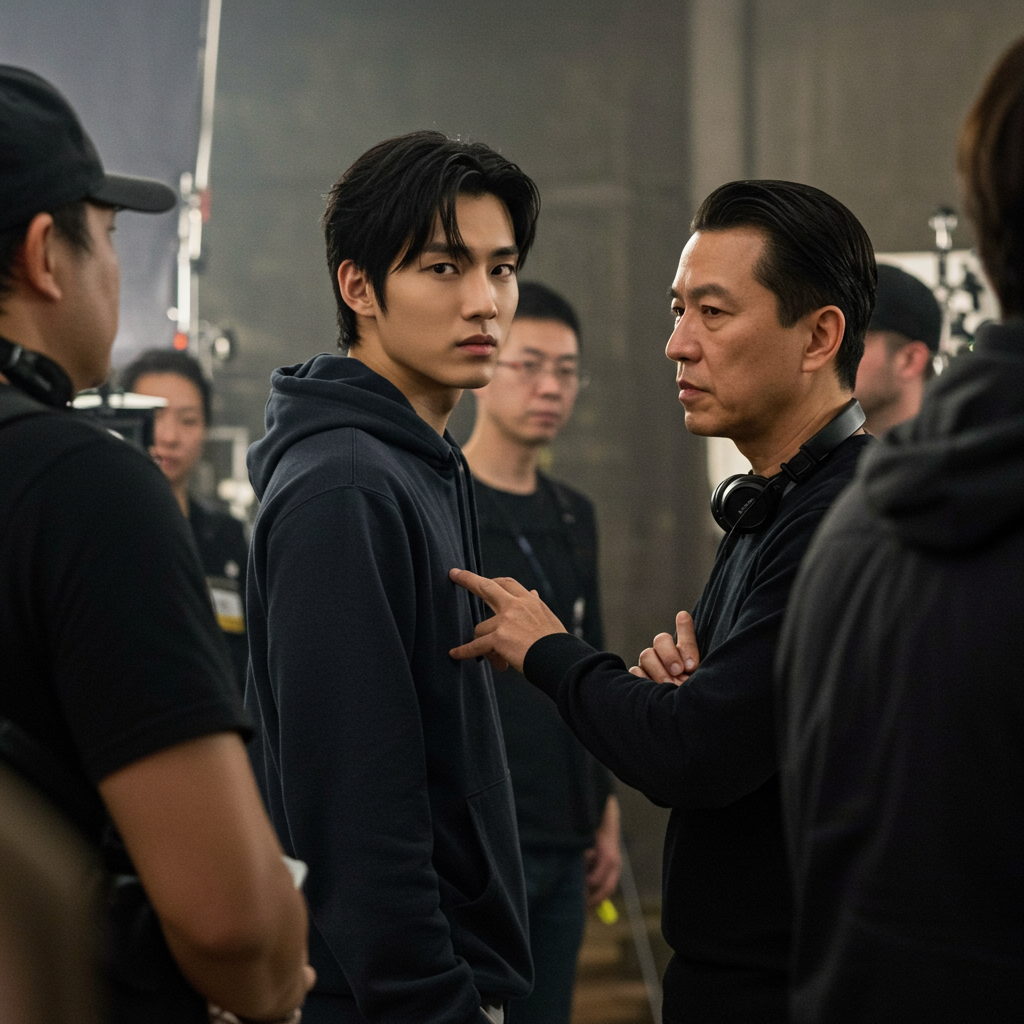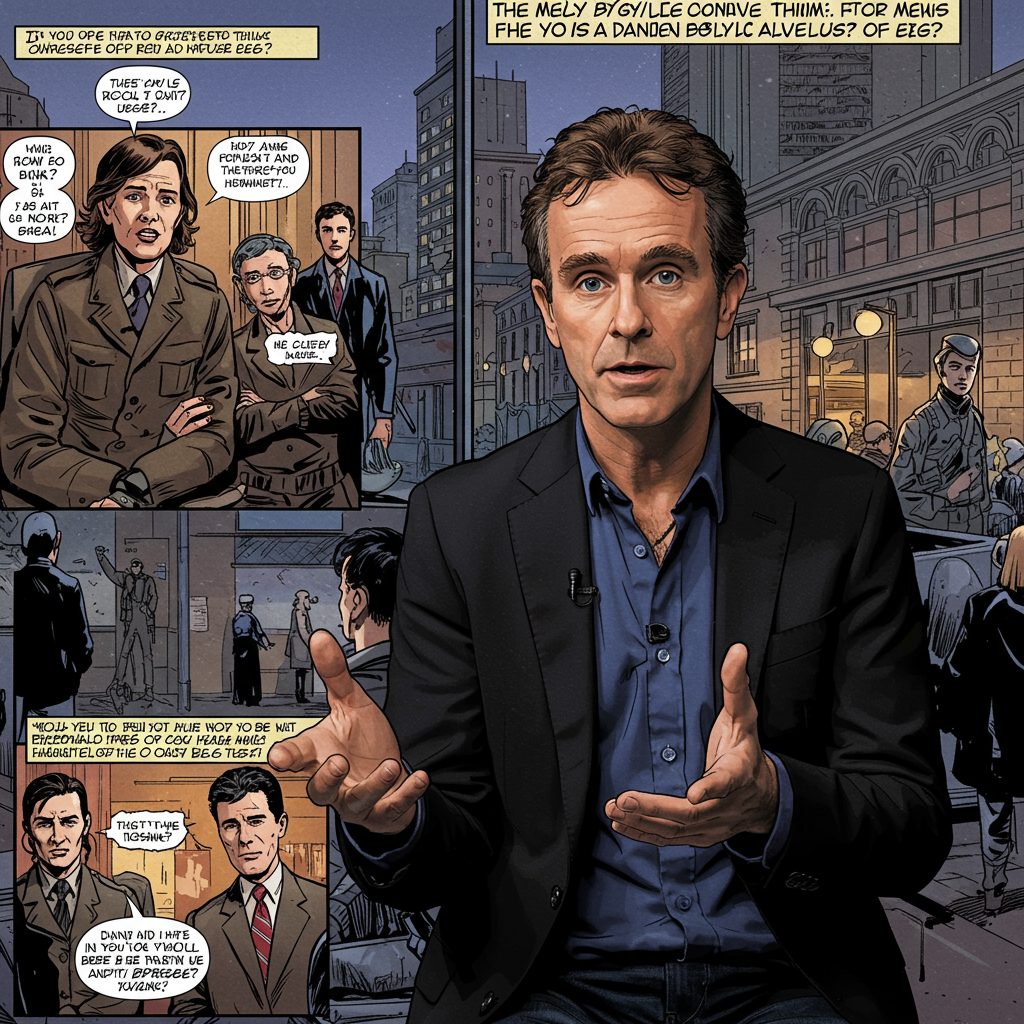The allure of Hollywood often proves irresistible for the world’s biggest music stars, yet the transition from chart-topping sensation to cinematic icon is notoriously challenging. Despite immense fan bases, social media dominance, and a seemingly endless supply of star power, many musical A-listers find their acting debuts met with lukewarm box office reception or critical disinterest. This persistent struggle begs the question: why does music fame rarely translate into genuine movie stardom?
The Lure of Hollywood: A Persistent Challenge for Music Icons
In May 2025, the Cannes Film Festival buzzed with anticipation for A$AP Rocky’s cinematic debut in the crime drama “Highest 2 Lowest.” Photographers swarmed the rapper, whose presence alongside partner Rihanna created a frenzy. Even a reported “riveting performance” opposite two-time Oscar winner Denzel Washington couldn’t save the film. Released in mid-August to roughly 300 theaters, “Highest 2 Lowest” barely made a blip. In an unusual move, distributors A24 and Apple Studios chose not to release any box office numbers, a strong indicator of financial disappointment. This opacity signals a significant stumble, especially from A24, a studio known for its consistent reporting, even on limited releases.
High-Profile Missteps: Recent Box Office Disappointments
A$AP Rocky’s experience is far from isolated. Over the past few years, a string of highly famous music stars have ventured into film, only to be largely ignored by cinema audiences. Taylor Swift’s role in “Cats” was a notorious bomb, sweeping the 2020 Razzie Awards. Her smaller part in “Amsterdam” also failed to connect, grossing a mere $31 million against an $80 million budget. Harry Styles saw his film “My Policeman” receive a limited global release in 2022, quickly ending up on Amazon’s streaming platform after failing to register significant U.K. box office tallies.
The past year alone highlighted this challenge with two particularly spectacular misfires. The Weeknd’s “Hurry Up Tomorrow,” despite a wide release in over 2,000 theaters and a co-starring role from major TV star Jenna Ortega, flamed out with just $5.2 million domestically. Lady Gaga’s “Joker: Folie à Deux” fared better at $208 million globally, but against a reported $200 million budget, it was considered a financial disappointment. These examples underscore a consistent pattern: massive musical celebrity doesn’t guarantee cinematic success.
The Ghosted Numbers: When Studios Stay Silent
The decision by A24 and Apple Studios to withhold box office figures for “Highest 2 Lowest” is particularly telling. Shawn Robbins, director of movie analytics at Fandango, described it as “unheard of for a well-known studio like that to be keeping mum about box office receipts.” This non-transparency often serves as a “red flag,” indicating that a film’s financial performance was so poor it’s better left unstated. Such a move suggests that even the star power of A$AP Rocky, with an additional smaller role by Ice Spice, wasn’t enough to drive audience turnout.
More Than Just a Name: Why Musical Fame Isn’t Film Gold
The phenomenon of music stars struggling to achieve movie stardom spans decades, affecting icons from Mariah Carey (“Glitter”) to Britney Spears (“Crossroads”) and Rihanna (“Battleship”). Box office analyst Jeff Bock of Exhibitor Relations offers a key insight: “Fame isn’t really transferable currency across mediums. A music star can bring awareness but not loyalty. Fans escape through that persona, not watching them act like someone else.” This critical distinction highlights a fundamental difference in audience engagement between music and film.
Persona vs. Character: The Loyalty Divide
Music fans develop a deep, personal connection with an artist’s persona, their songs, and their stage presence. This loyalty fuels concert ticket sales and album streams. However, when these artists step into a different character on screen, that established persona can actually become a barrier. Fans may struggle to separate the musician they adore from the actor portraying a role. As Bock suggests, fans aren’t necessarily loyal to watching their idol “act like someone else.” This requires a significant mental shift from the audience, one that often doesn’t occur naturally.
Even stars with colossal social media followings, like Selena Gomez with over 400 million Instagram followers, see their digital popularity fail to translate. Her 2019 zombie comedy “The Dead Don’t Die” saw her vast fanbase stay home. This suggests that the relationship between a music star and their audience is fundamentally different from the relationship between a film actor and their audience. Movies, as Bock notes, are a “sacred ritual” with distinct fan behavior, where the desire to see an artist in concert doesn’t equate to seeing them in a fictional narrative.
The Historical Echo: Decades of Difficult Transitions
The challenge of celebrity crossover is not new. Madonna, a global music superstar, famously yearned for major movie stardom, a dream that largely eluded her despite significant efforts. Shawn Robbins of Fandango points out that “crossover for a very popular artist can be very difficult.” It often demands a near-complete reinvention of the artist’s public image to successfully bridge the gap between musical idol and compelling actor. The expectation of seeing “their” artist, not a character, often leads to disappointment or disengagement for core music fans.
The Elusive Formula: When Crossover Success Happens
While the path is fraught with difficulty, some music stars have managed to achieve remarkable movie stardom. These successes often reveal crucial factors that differentiate them from the majority of misfires.
Perfect Harmony: Roles That Resonate
Lady Gaga’s transformative performance in Bradley Cooper’s 2018 film “A Star Is Born” is a prime example of lightning in a bottle. With a relatively modest $36 million budget, the film earned Gaga a Best Actress Oscar nomination and grossed $440 million worldwide. This role was “perfectly suited for her talent and persona,” allowing her to leverage her musical strengths within a dramatic narrative. Similarly, Ariana Grande landed a supporting actress Oscar nomination for her role in Jon Chu’s “Wicked,” contributing to the film’s global haul of over $700 million. These successes suggest that roles aligning with an artist’s established brand, or allowing them to showcase their unique talents naturally, can be highly effective.
The Reinvention Factor: Playing Against Type
Sometimes, the key lies in a strategic departure from the expected. Ice Cube, who began his career as a member of the gangsta rap group N.W.A, successfully morphed into a topline actor with hits like the “Barbershop” and “Ride Along” franchises. His breakout role in David O. Russell’s Iraq war caper “Three Kings” showcased a different facet of his screen presence. Justin Timberlake’s acclaimed performance in “The Social Network” is another instance where “playing against type” worked well. As Robbins notes, Timberlake “certainly wasn’t the highlight of the film. So many other elements are driving that film’s success.” This highlights that sometimes, an artist doesn’t need to be the “face of the film” to contribute significantly and build their acting credibility. Harry Styles’ “savvy move” to take a supporting role in Christopher Nolan’s “Dunkirk” also proved to be a smart career choice.
Navigating the Silver Screen: Strategies for Musicians
Producers find it “tricky to pinpoint why some recording luminaries translate on the big screen while others don’t.” The journey to film careers is complex, requiring more than just name recognition.
Beyond the Lead Role: Smart Supporting Choices
Taking a smaller, impactful role can sometimes be more effective than carrying an entire film. While Taylor Swift’s minor part in “Amsterdam” didn’t work, Harry Styles’ supporting role in “Dunkirk” showcased his acting chops without placing the entire box office burden on his musical fame. This strategy allows artists to gain experience, build credibility, and learn the craft of acting without the immense pressure of a leading role, which can often expose limitations or clash with audience expectations.
The Musical Genre Paradox: Not a Guaranteed Hit
It might seem logical for music stars to stick to musicals, but this isn’t a foolproof strategy. “Joker: Folie à Deux” and “Cats” both featured highly popular singers in musical contexts, yet neither achieved widespread commercial or critical success that matched their stars’ musical fame. Lady Gaga’s venture into song-less drama in Ridley Scott’s “House of Gucci” also failed to inspire theatergoers or critics, who even mocked her Italian accent. Even critically acclaimed films centering on singers, like Paul Thomas Anderson’s 2021 film “Licorice Pizza” starring Haim vocalist Alana Haim, can be money losers despite critical embrace and Oscar nominations. Travis Scott’s A24-backed “Aggro Dr1ft” earned an “embarrassing” $201,351 worldwide, further demonstrating that even niche, arthouse film ventures don’t guarantee a loyal following from a massive music fanbase.
Ultimately, the movie industry is a distinct ecosystem. While a music star can generate initial buzz and awareness, true movie stardom requires more than just a famous name. It demands a compelling performance, a role that genuinely connects with audiences, and often, a willingness from fans to see their idols as more than just musicians.
Frequently Asked Questions
Why do famous music stars often struggle to succeed in movies?
The primary reason lies in the nature of fan loyalty. Music fans connect deeply with an artist’s persona, songs, and stage presence. This loyalty doesn’t automatically transfer to watching them portray a fictional character in a film. As box office analyst Jeff Bock explains, “Fame isn’t really transferable currency across mediums. A music star can bring awareness but not loyalty.” Fans want to see their favorite artists perform their music, not necessarily act in different roles, leading to a disconnect that impacts box office performance.
What factors contribute to a successful crossover for a musician into film?
Successful crossovers often involve specific conditions. Roles that are “perfectly suited” to an artist’s existing talents and persona, like Lady Gaga in “A Star Is Born,” can work. Alternatively, playing against type or taking impactful supporting roles, such as Justin Timberlake in “The Social Network” or Harry Styles in “Dunkirk,” allows musicians to build credibility without carrying the entire film. Reinventing their image or starring in a film where they aren’t the sole draw can also be effective, as seen with Ice Cube’s successful transition into acting.
Should musical artists avoid acting in movies to protect their brand?
Not necessarily, but they should approach film careers strategically. While many music stars struggle, some achieve great success. The key is understanding that a film role is a different beast from a music career. Artists should prioritize compelling scripts, strong directorial vision, and roles that either leverage their unique strengths or offer a genuine opportunity for growth and reinvention. Avoiding projects that rely solely on their musical fame for box office success and instead focusing on quality and a genuine connection to the role can be a smarter path to cinematic longevity.
References
- variety.com
- uk.news.yahoo.com
- www.imdb.com
- www.imdb.com
- <a href="https://m.imdb.com/news/ni65422250/?ref=nmnwart_perm”>m.imdb.com



